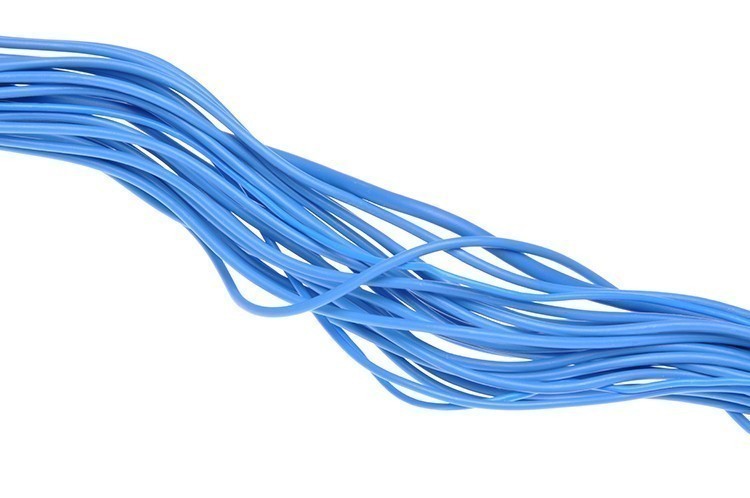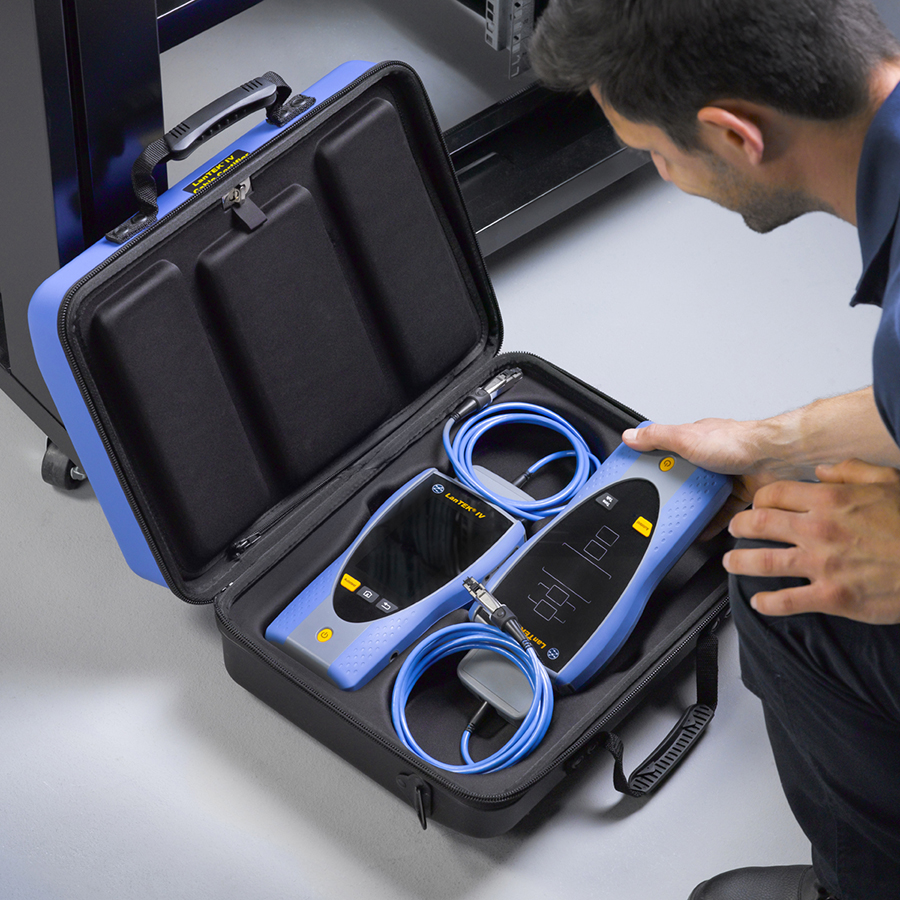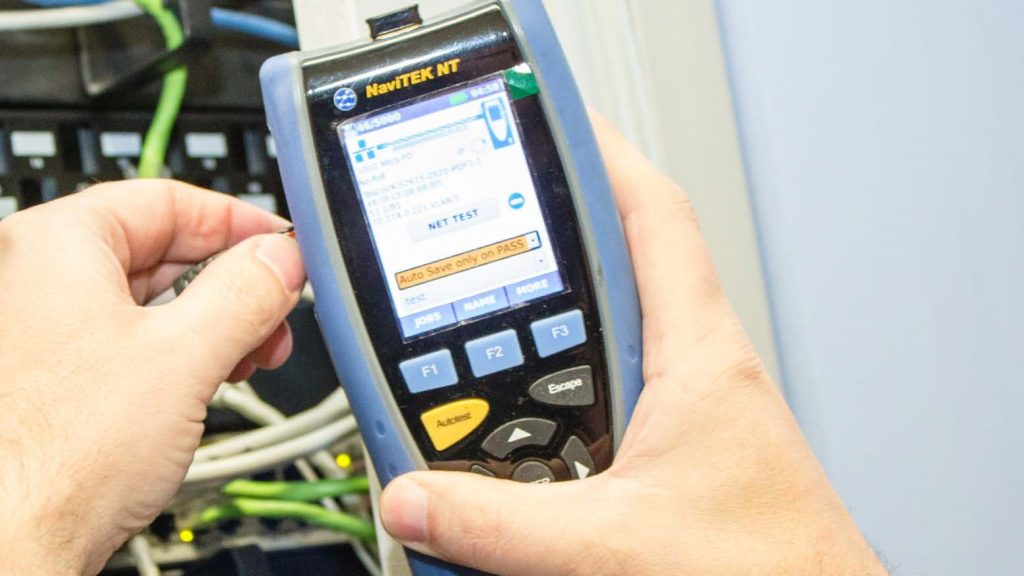How Can a Cable Fail a Certification Test Yet Still Pass Data?
A common question that comes up with certification is “how can a cable fail a certification test yet still pass data”? To answer this question, it is necessary to understand the differences between the performance requirements for various data speeds and cabling performance categories. The best place to start is the frequency requirements of each and the difference between frequency and data rate.
Data Rate
Data rate is the amount of data passed through the cable or network measured in megabits per second (Mb/s). Data rate is key metric in defining Ethernet speeds and is a function of the signalling frequency and the type of encoding used to create data bits. Common data rates available on twisted pair cabling are 10, 100, 1000 (1G) and 10G. 40G has just become available and 25G will be available shortly, though the distance is limited to 30 meters vs 100 meters with the other data rates.
Cable Frequency
Cable frequency is the frequency at which the cable is tested for certification. The difference between the cable frequency and data rate is due to the encoding used to create the data bits and the number of pairs used to transmit data.
Notice the discrepancies between the cable frequency and the data rate between the various types of Ethernet. 1000Base-T or 1G Ethernet is the most common application in use today and while it requires only Class D cabling to operate most people are installing class E or EA cabling which are certified to 250 and 500 MHz respectively. Therefore, the cabling is being tested at up to 5x the speed that is required for the network to operate properly. In this scenario, a cable can fail a certification test for Class E/EA and still work perfectly fine on a 1000Base-T network because of the significant difference in what is tested vs the minimum operating requirements. In short, many assume Class E/Cat 6 cable is required to support 1G data when in fact Class D/Cat 5e is all that Is required.
In Conclusion
The most common reason for the difference in the class of installed cabling and the data rate of the network equipment being used is to prepare for future applications. Today, the cost of 10G switches still hover around $300 per port while 1G switches cost $5-10 per port. 10G is still too costly for use at every work station and is limited mostly to data centres, but the cost difference between Class E and EA cabling is small enough that many organisations will pay for the better cabling to ensure they can migrate to 10G networks when the costs come down in the future. So even though a 1G network will run fine on poor quality Class EA cabling today, the infrastructure must be designed and tested to support future applications when organisations are ready to deploy them.






